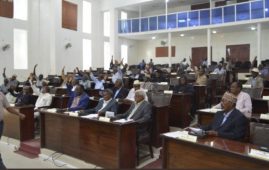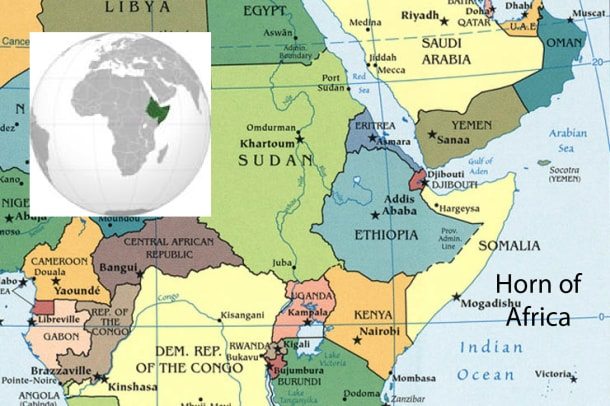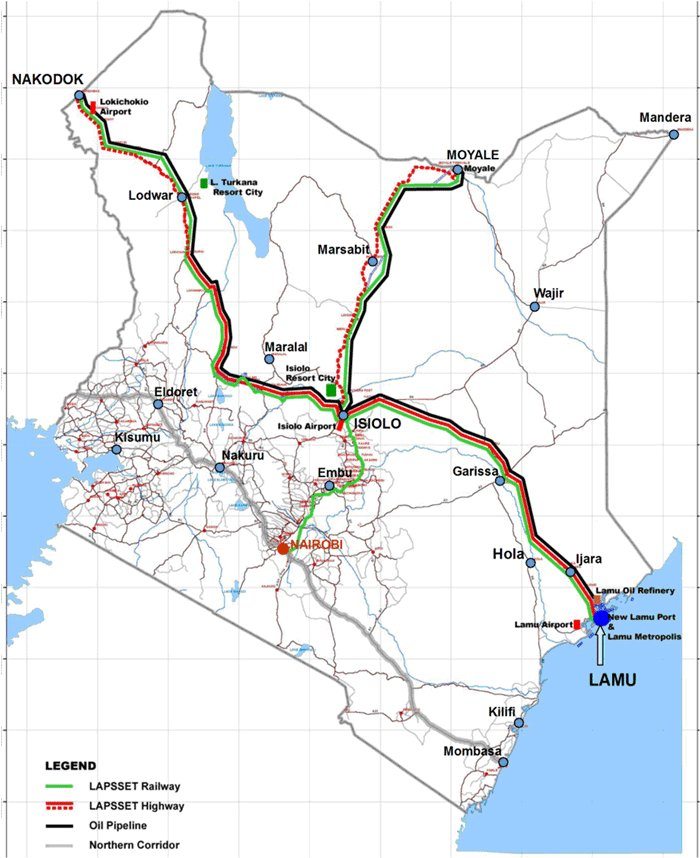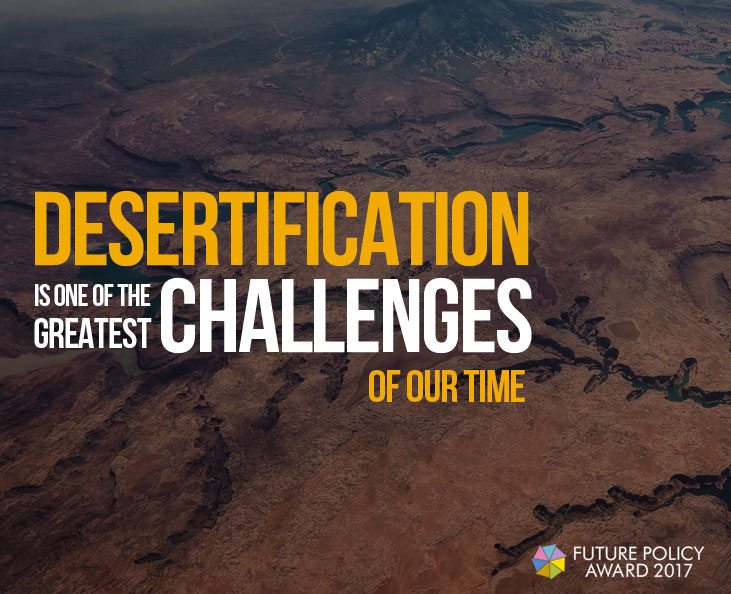‘The food and economic crises of recent years are challenging our efforts to achieve the Millennium Development Goal of reducing the proportion of people who suffer from hunger by half by 2015’, warned the UN Food and Agriculture Organization (FAO), the International Fund for Agricultural Development (IFAD) and the World Food Programme (WFP).
The warning came in ‘The State of Food Insecurity in the World 2011’ (SOFI), an annual flagship report, which they jointly published this month.
The 2011 report focused ‘on the costs of food price volatility, as well as the dangers and opportunities presented by high food prices. Climate change and an increased frequency of weather shocks, increased linkages between energy and agricultural markets due to growing demand for biofuels, and increased financialization of food and agricultural commodities all suggest that price volatility is here to stay’. The report intends to cast light on ‘the effects of price volatility on food security and presents policy options to reduce volatility in a cost-effective manner and to manage it when it cannot be avoided’. According to the report, ‘it will be important to provide improved market information, create gender-sensitive safety nets that are designed in advance and can be implemented quickly in times of crisis, and invest in agriculture for the long-term to make it more productive and resilient to shocks’.
Key messages of the report are:
Small import-dependent countries, especially in Africa, were deeply affected by the food and economic crises. Some large countries were able to insulate themselves from the crisis through restrictive trade policies and functioning safety nets, but trade restrictions increased prices and volatility on international markets.
High and volatile food prices are likely to continue. Demand from consumers in rapidly growing economies will increase, population will continue to grow, and further growth in biofuels will place additional demands on the food system. On the supply side, there are challenges due to increasingly scarce natural resources in some regions, as well as declining rates of yield growth for some commodities. Food price volatility may increase due to stronger linkages between agricultural and energy markets, as well as an increased frequency of weather shocks.
Price volatility makes both smallholder farmers and poor consumers increasingly vulnerable to poverty. Because food represents a large share of farmer income and the budget of poor consumers, large price changes have large effects on real incomes. Thus, even short episodes of high prices for consumers or low prices for farmers can cause productive assets – land and livestock, for example – to be sold at low prices, leading to potential poverty traps. In addition, smallholder farmers are less likely to invest in measures to raise productivity when price changes are unpredictable.
Large short-term price changes can have long-term impacts on development. Changes in income due to price swings can reduce children’s consumption of key nutrients during the first 1 000 days of life from conception, leading to a permanent reduction of their future earning capacity, increasing the likelihood of future poverty and thus slowing the economic development process.
High food prices worsen food insecurity in the short term. The benefits go primarily to farmers with access to sufficient land and other resources, while the poorest of the poor buy more food than they produce. In addition to harming the urban poor, high food prices also hurt many of the rural poor, who are typically net food buyers. The diversity of impacts within countries also points to a need for improved data and policy analysis.
High food prices present incentives for increased long-term investment in the agriculture sector, which can contribute to improved food security in the longer term. Domestic food prices increased substantially in most countries during the 2006–08 world food crisis at both retail and farmgate levels. Despite higher fertilizer prices, this led to a strong supply response in many countries. It is essential to build upon this short-term supply response with increased investment in agriculture, including initiatives that target smallholder farmers and help them to access markets, such as Purchase for Progress (P4P).
Safety nets are crucial for alleviating food insecurity in the short term, as well as for providing a foundation for long-term development. In order to be effective at reducing the negative consequences of price volatility, targeted safety-net mechanisms must be designed in advance and in consultation with the most vulnerable people.
A food-security strategy that relies on a combination of increased productivity in agriculture, greater policy predictability and general openness to trade will be more effective than other strategies. Restrictive trade policies can protect domestic prices from world market volatility, but these policies can also result in increased domestic price volatility as a result of domestic supply shocks, especially if government policies are unpredictable and erratic. Government policies that are more predictable and that promote participation by the private sector in trade will generally decrease price volatility.
Investment in agriculture remains critical to sustainable long-term food security. For example, cost-effective irrigation and improved practices and seeds developed through agricultural research can reduce the production risks facing farmers, especially smallholders, and reduce price volatility. Private investment will form the bulk of the needed investment, but public investment has a catalytic role to play in supplying public goods that the private sector will not provide. These investments should consider the rights of existing users of land and related natural resources.
You can download ‘The State of Food Insecurity in the World 2011’ Report here.






2 Reactions on this Article
Comments are closed.
Leave a Comment